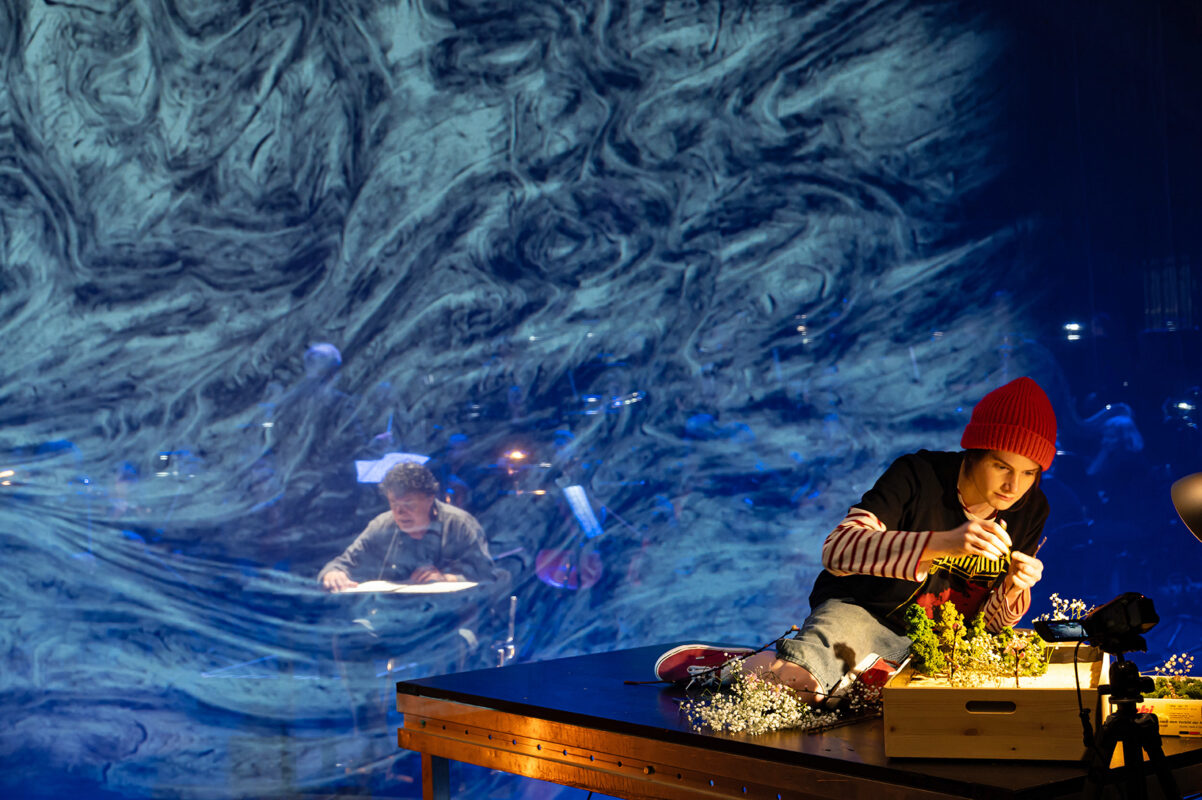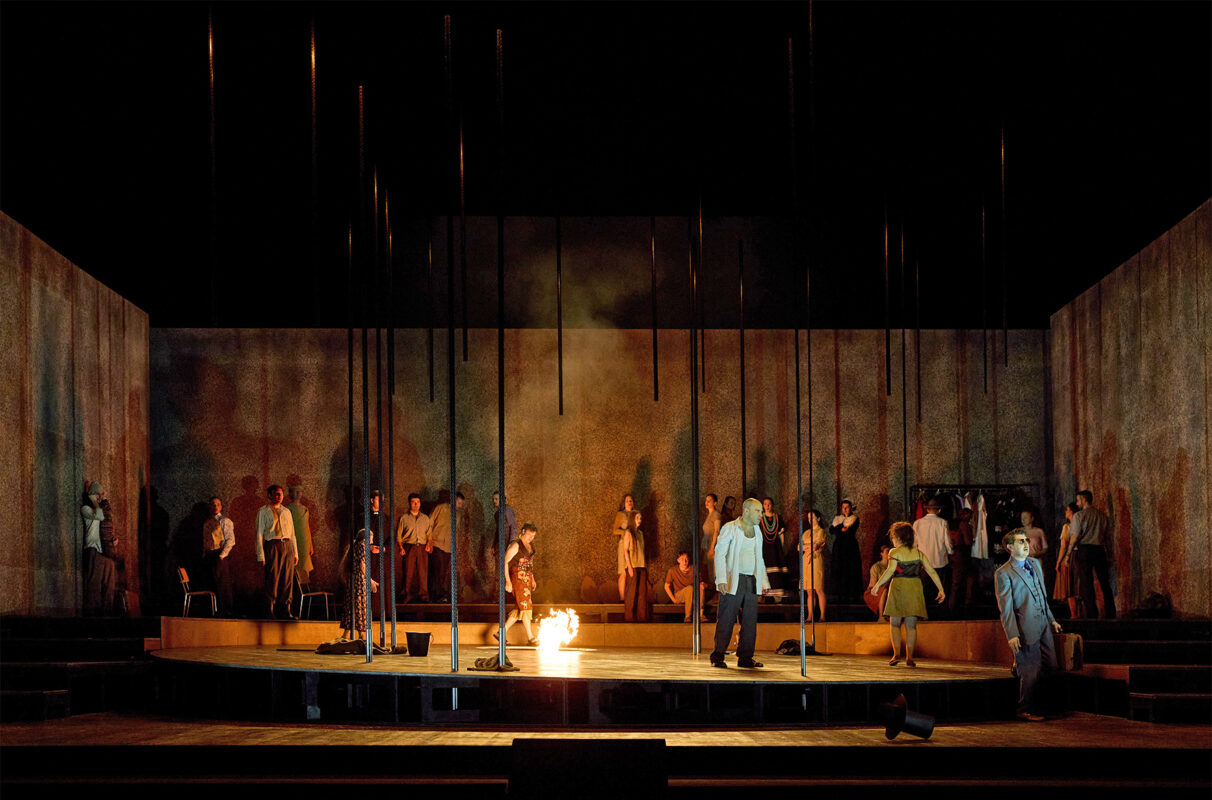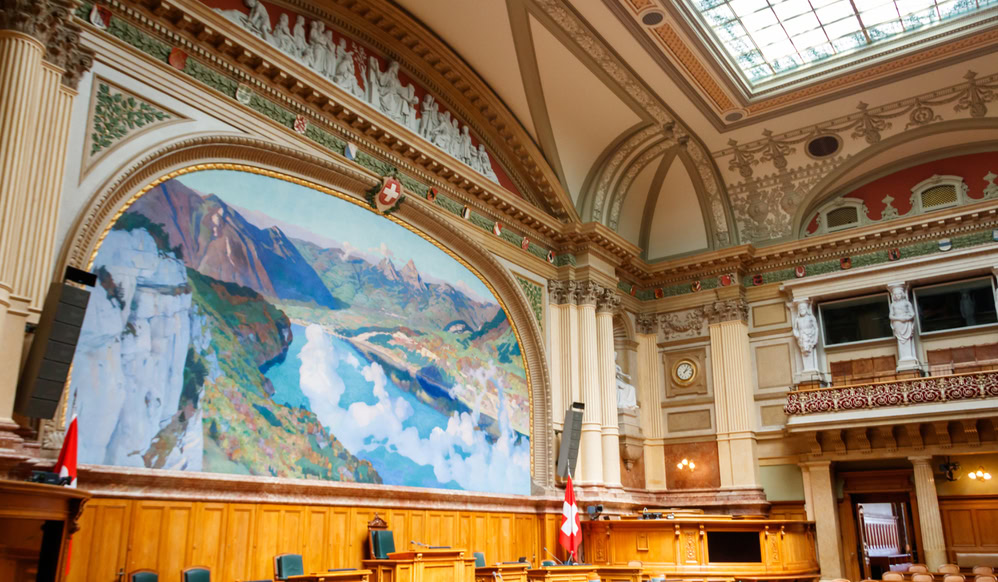Saxfest: Eight days of saxophone
Daily concerts, as well as master classes, brought the instrument to life. There was plenty to discover in the repertoire.
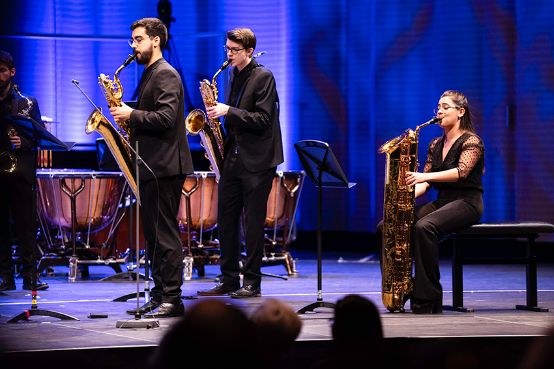
"Big names from the international saxophone scene and up-and-coming talent present a broad spectrum: classical, contemporary and improvised music." If you want to find out more about the festival on the Zurich Saxfest website, you won't exactly be inundated with information. But after a moment's thought, you have to admit that this sentence actually says it all. The Saxfest was only held for the second time after 2017 due to corona. It was organized by saxophonist, conductor and cultural manager Lars Mlekusch, who teaches at the Zurich University of the Arts. And it did exactly what was briefly and succinctly announced. Concerts in a wide variety of styles, spread across various locations in Zurich, from the Toni-Areal and the Mehrspurclub to the Fraumünster and the Johanneskirche to the Labor5 party venue and the Kulturmarkt. Kenneth Tse, Christoph Grab, David Brutti and the Amstad Inglin duo are just a few of the names that give an idea of the wide range of music on offer.
The saxophone as megaphone and toy ...
Mlekusch organized the Saxfest together with the Zurich Saxophone Collectivean ensemble consisting of his students. This provided the members with priceless experiences: as organizers, performers, visitors to high-level concerts and master classes. The latter in particular provided fascinating insights, as a short visit to Frank Gratkowski showed.
-
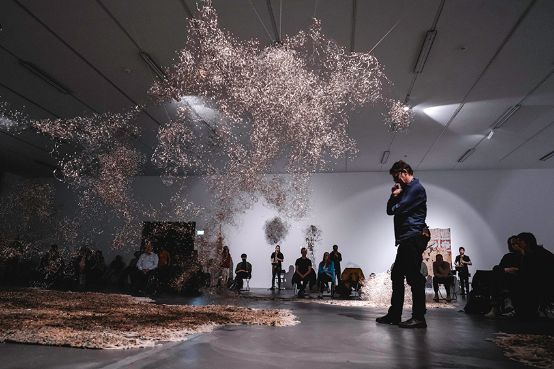
Master class with Frank Gratkowski at the Kunsthalle.photo: Akvilė Šileikaitė
The German, who also performed a solo improvisation on Thursday evening, is described on Wikipedia as a jazz saxophonist, clarinettist and composer, but can only be pigeonholed as such with a great deal of willingness to simplify. He could rather be described as a daring improviser without a net or a false bottom, for whom genre boundaries mean nothing. It was enlightening to hear Gratkowski talk about his unusual career and his constant search for something new. But what stuck with me most was his undoctrinaire attitude to his instrument. He described it as a megaphone, a toy that he was constantly testing out for its functions and possibilities. It is probably this play instinct, together with his consistent work on self-imposed challenges, that enables him to rarely repeat himself. For the classically trained students, the lessons were a challenge. Improvisation needs to be learned just as much as playing exactly to the notes, but according to Gratkowski it is also important for classical performers. In his experience, interpreters of new music in particular would also play the written music better if they had at least some experience as improvisers.
... and in adaptations
The members of the Zurich Saxophone Collective had several opportunities to present themselves as performers. The ensemble played the streamed opening concert on Saturday evening with pieces by Bartók, Francisco Guerrero Marín and Mahler, impressively demonstrating the level at which it is capable of playing. Bartók's Divertimento and Mahler's 4th Symphony were arrangements by Miha Ferk, who congenially rewrote the works, the saxophones merely supplemented by accordion, piano, harp, double bass and percussion. However, despite the brilliance of the result, the limits of the concept were also revealed here. For outsiders, i.e. non-saxophone aficionados, the benefits of such an arrangement are only partially apparent. Mahler's Fourth in particular loses some of its complexity through the reworking.
-
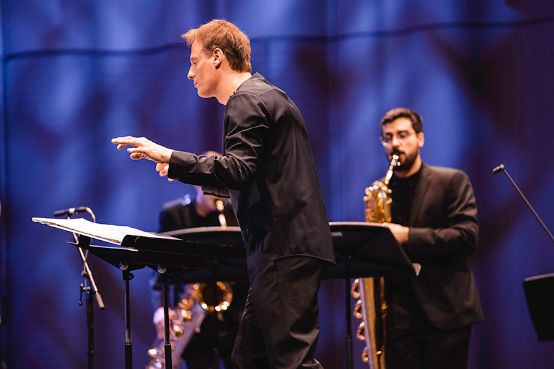
Lars Mlekusch leads the Zurich Saxophone Collective. Photo: Akvilė Šileikaitė
Another concert, however, demonstrated the extent to which arrangements or "repurposing" can also be enriching. In the small Johanneskirche near Limmatplatz, Sunday evening was dedicated to the "lyrical saxophone". While Webern's Quartet Op. 22 for violin, clarinet, saxophone and piano is perhaps not the epitome of lyrical melodies, students then played songs by Schubert, Strauss and Mahler. A nice alternative to singing, in which the saxophone perhaps dominated the piano a little at times. After the break, saxophonist Harry White and pianist Hans Adolfsen delivered a small but very fine concert with a few surprises. Vocal pieces by Roussel, Messiaen and Nielsen provided Harry White with the perfect stage to let the saxophone sing. In the following three very short pieces for saxophone solo by Daniel Fueter, White revealed with virtuosity just how complexly compressed these "little pieces" are. The finale then offered a real expansion of the repertoire. Erwin Schulhoff's Esquisses de Jazz for piano in the arrangement by Edward Rushton and Hans Adolfsen seemed like a genuine saxophone piece. May these little trouvailles establish themselves!






